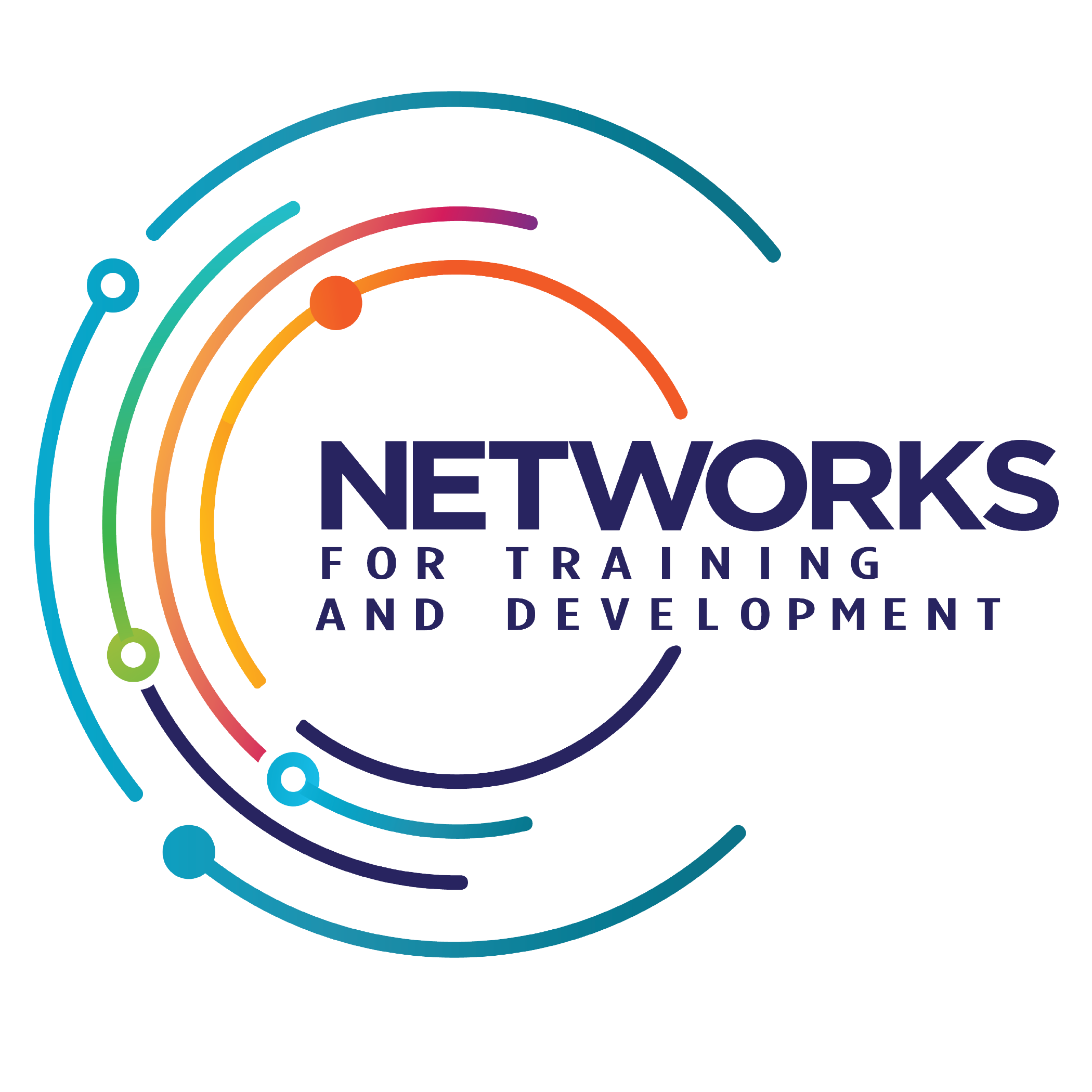As businesses strive to build a diverse and inclusive workforce, it’s essential to prioritize inclusive hiring practices throughout the entire recruitment process. Gone are the days of relying on gut feelings or unstructured interviews to make hiring decisions. In today’s workplace, inclusivity is no longer a nice-to-have, but a must-have. By intentionally incorporating inclusive practices into your hiring process, you can level the playing field, reduce unconscious bias, and attract top talent from a broader pool of candidates. In this post, we’ll share valuable tips to help you create a more inclusive hiring process that not only benefits your organization but also helps you build a more diverse and high-performing team!
Job Descriptions that Use Inclusive Language: Avoid using language that may exclude certain groups, such as “must be able to lift 50 pounds” or “must be able to work in a fast-paced environment.”
Remote Work Options: Offer flexible work arrangements, including remote work, to accommodate candidates with disabilities or other limitations.
Accessible Application Process: Ensure the application process is accessible by providing options for text-to-speech, font size adjustment, and audio descriptions.
Disability Disclosure: Encourage candidates to disclose their disability, and train hiring managers to address any necessary accommodations during the interview process.
Training for hiring managers: Providing training for hiring managers on unconscious bias, diversity and inclusion, and inclusive hiring practices to help them make more informed decisions.
Providing Reasonable Accommodations: For example, providing a wheelchair-accessible workspace; adjusting the schedule or workload to accommodate a disability; providing assistive technology, such as text-to-speech software or a speech-to-text device; modifying job duties to accommodate a physical or mental health condition, etc.
Diverse interview panels: Including diverse members on interview panels to bring different perspectives and reduce bias.
Inclusive benefits: Offering benefits that cater to diverse employee needs, such as flexible work arrangements, parental leave, or other necessary benefits.
Inclusive hiring practices are not a luxury, but a necessary step in building a diverse and high-performing team. By implementing the strategies outlined in this post, you can create a hiring process that is fair, equitable, and welcoming to all candidates. Remember, inclusivity is not just the right thing to do, it will help your business thrive! A diverse workforce brings new perspectives, ideas, and skills to the table, which can drive innovation, improve decision-making, and ultimately drive business success. So, take the first step towards creating a more inclusive workplace by committing to inclusive hiring practices. Your organization – and your employees – will thank you!

